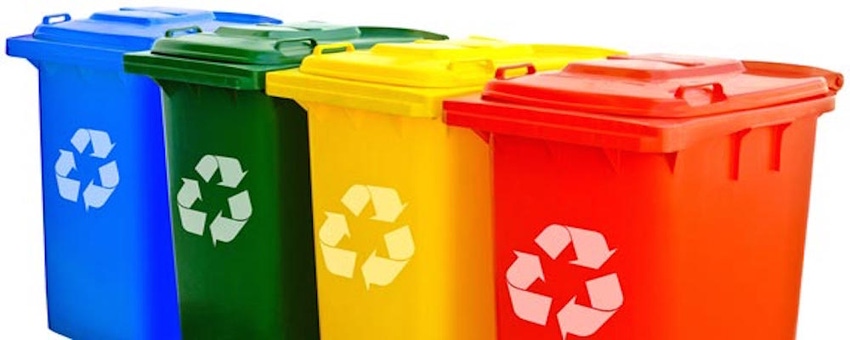AB 815 encourages local governments to increase curbside separation in their recycling programs to reduce contamination in the recycling stream.

California Gov. Gavin Newsom on August 30 signed AB 815 into law. The bill was authored by Assemblymember Cecilia Aguiar-Curry (D-Winters) and encourages but doesn’t require local governments to increase curbside separation in their recycling programs, often called dual stream recycling, to reduce contamination in the recycling stream. AB 815 will go into effect on January 1, 2020.
“When we throw all of our recyclables into the same bin, glass breaks, leftover soda spills on copy paper and many recycled materials become too dirty to be reused,” said Aguiar-Curry in a statement. “We used to send our contaminated recyclables to China, polluting land and water overseas, but China won’t take it anymore. AB 815 will keep our recyclables cleaner and more marketable so they can actually be turned into new products.”
According to the bill, existing law requires cities, counties or regional agencies to submit an annual report to California’s Department of Resources Recycling and Recovery (CalRecycle) summarizing their progress in reducing solid and household hazardous waste. Existing law requires the department to review a jurisdiction’s compliance with the diversion requirements every two to four years and requires the department to issue an order of compliance if the department finds, after considering specified factors, the jurisdiction failed to make a good faith effort to implement its source reduction and recycling element or household hazardous waste element. After issuing an order of compliance, existing law authorizes the department to impose administrative civil penalties upon that jurisdiction, as provided.
Under the new bill, CalRecycle will be required to consider whether jurisdictions have implemented a dual stream recycling element or a household hazardous waste element.
About the Author(s)
You May Also Like


